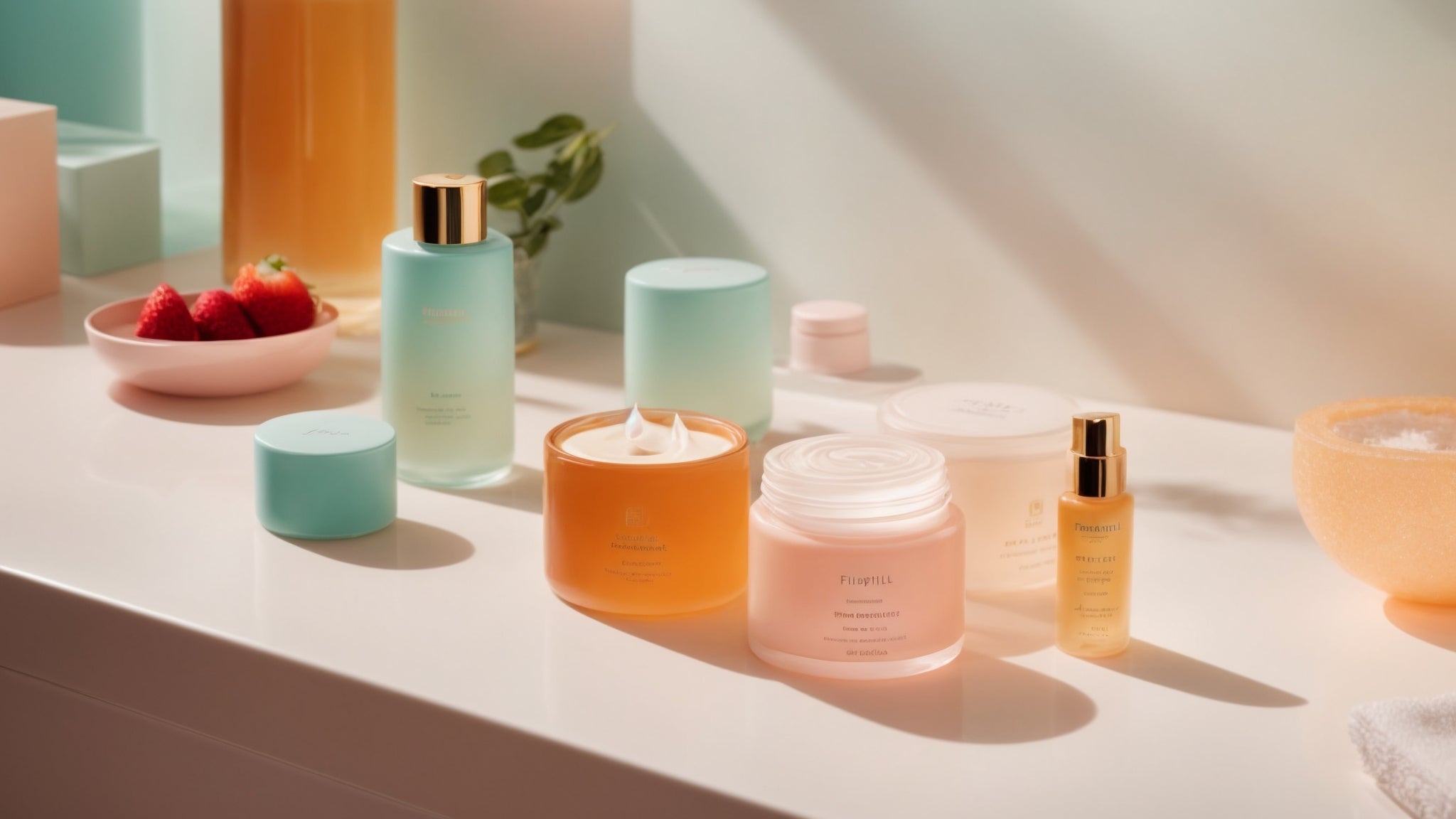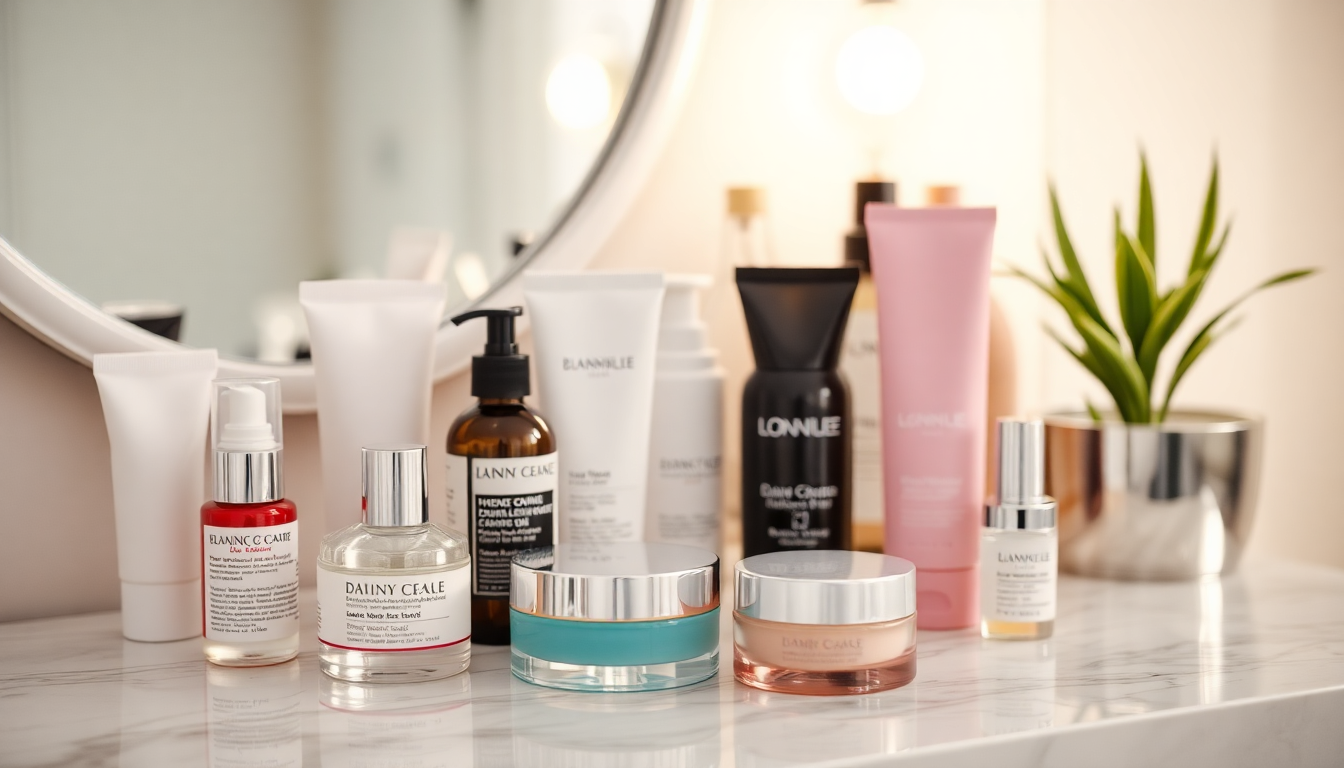Introduction
In the quest for radiant and healthy skin, many of us struggle to find the right skincare routine that delivers visible results. With countless products and trends flooding the beauty market, it's easy to feel overwhelmed. However, achieving beauty success is possible by adopting game-changing strategies that can transform your skincare routine. Understanding these strategies can help you achieve the glowing skin you desire while boosting your confidence and self-esteem.
Understand Your Skin Type
Before diving into product recommendations, it's crucial to identify your skin type. Knowing whether you have oily, dry, combination, or sensitive skin will help you select the right products and tailor your routine accordingly. Here’s a breakdown of the different skin types:
- Oily Skin: Characterized by excess sebum and shine, this skin type is prone to acne and enlarged pores.
- Dry Skin: Lacks moisture, often feels tight or flaky, and may show signs of irritation or redness.
- Combination Skin: A mix of oily and dry areas, typically oily in the T-zone and dry on the cheeks.
- Sensitive Skin: Easily irritated, may react to products, and often requires gentle formulations.
To accurately assess your skin type, consider factors such as how your skin feels after cleansing, how it reacts to various products, and any specific concerns you may have.
Build a Consistent Routine
A consistent skincare routine is key to achieving lasting results. Follow these essential steps:
- Cleanser: Use a gentle cleanser suitable for your skin type to remove dirt and impurities without stripping your skin's natural oils. For oily skin, a foaming or gel-based cleanser is ideal, while dry skin benefits from cream or oil-based cleansers.
- Toner: Apply a toner to balance your skin's pH and prepare it for subsequent products. Look for alcohol-free toners with hydrating ingredients like rose water or glycerin.
- Serum: Incorporate serums with active ingredients tailored to your skin concerns (e.g., vitamin C for brightening, hyaluronic acid for hydration). Serums are lightweight and penetrate deeply, making them effective in addressing specific issues.
- Moisturizer: Hydrate your skin to lock in moisture and create a protective barrier. Choose a moisturizer that suits your skin type—lightweight gels for oily skin and richer creams for dry skin.
- SPF: Never skip sunscreen during the day to protect your skin from UV damage. Opt for a broad-spectrum SPF of at least 30 and reapply every two hours when outdoors.
Consistency is vital; aim to follow this routine twice daily for the best results.
Incorporate Exfoliation
Exfoliating your skin 1-2 times a week can help remove dead skin cells and promote cell turnover, leading to a brighter complexion. Here are some tips on how to effectively exfoliate:
- Physical Exfoliants: Scrubs that manually slough off dead skin. Be gentle to avoid micro-tears in the skin.
- Chemical Exfoliants: Products containing AHAs (alpha hydroxy acids) or BHAs (beta hydroxy acids) that dissolve dead skin cells. AHAs are great for dry or sun-damaged skin, while BHAs are more suitable for oily and acne-prone skin.
- Enzyme Exfoliants: These are gentler options derived from fruits like papaya or pineapple. They help break down dead skin without the scrubbing.
Always follow up with a moisturizer post-exfoliation to keep your skin hydrated and protected.
Focus on Hydration
Hydration is vital for maintaining skin elasticity and preventing premature aging. Consider the following strategies to enhance hydration:
- Drink plenty of water throughout the day—aim for at least 8 glasses to keep your skin hydrated from within.
- Use a hydrating facial mist for an extra moisture boost during the day, especially in dry environments.
- Apply a thicker moisturizer or oil at night to lock in hydration while you sleep. Look for ingredients like squalane, jojoba oil, or shea butter.
- Incorporate a humidifier in your living space, especially during the winter months, to counteract dry air.
Pay Attention to Ingredients
Understanding skincare ingredients can empower you to make informed choices. Here are some key ingredients to look for:
- Antioxidants: Protect against free radicals and environmental damage. Common antioxidants include vitamin C, vitamin E, and green tea extract.
- Retinoids: Promote cell turnover and reduce signs of aging, including fine lines and wrinkles. Start with a lower concentration to build tolerance.
- Peptides: Support skin repair and hydration by stimulating collagen production.
- Niacinamide: Known for its brightening properties and ability to improve skin texture and tone.
- Hyaluronic Acid: A powerful humectant that attracts moisture to the skin, making it look plump and hydrated.
When shopping for products, always read labels and choose formulations that align with your skin goals.
Be Patient and Consistent
Skincare results take time. Commit to your routine and give products a chance to work—most take at least four to six weeks to show visible changes. Document your progress to stay motivated! Consider keeping a skincare journal to track how your skin responds to different products and routines.
Consult a Professional
Sometimes, despite our best efforts, we may need extra help. Consulting with a dermatologist or skincare professional can provide personalized advice tailored to your specific needs. They can perform skin analyses and recommend professional treatments, such as:
- Chemical Peels: To enhance exfoliation and improve skin texture.
- Microdermabrasion: A non-invasive treatment that removes dead skin and promotes regeneration.
- Laser Treatments: To address pigmentation, texture issues, and signs of aging.
Regular check-ups with a professional can ensure you are on the right track to achieving your skincare goals.
Stay Updated with Trends
The beauty industry is ever-evolving, with new trends and technologies emerging frequently. Stay informed about the latest innovations in skincare by:
- Following reputable beauty blogs and influencers.
- Participating in skincare forums and communities to share experiences and recommendations.
- Attending beauty expos and workshops to learn directly from industry experts.
However, always remember to approach trends with caution—just because something is popular doesn't mean it’s right for your skin.
Conclusion
Transforming your skincare routine requires a combination of understanding your skin, consistency, and patience. By incorporating these game-changing strategies, you can achieve beauty success and enjoy the radiant skin you’ve always wanted. Start today and watch your skincare journey unfold! With the right knowledge and dedication, you can not only enhance your skin’s appearance but also cultivate a positive relationship with self-care and beauty.




Leave a comment
This site is protected by hCaptcha and the hCaptcha Privacy Policy and Terms of Service apply.